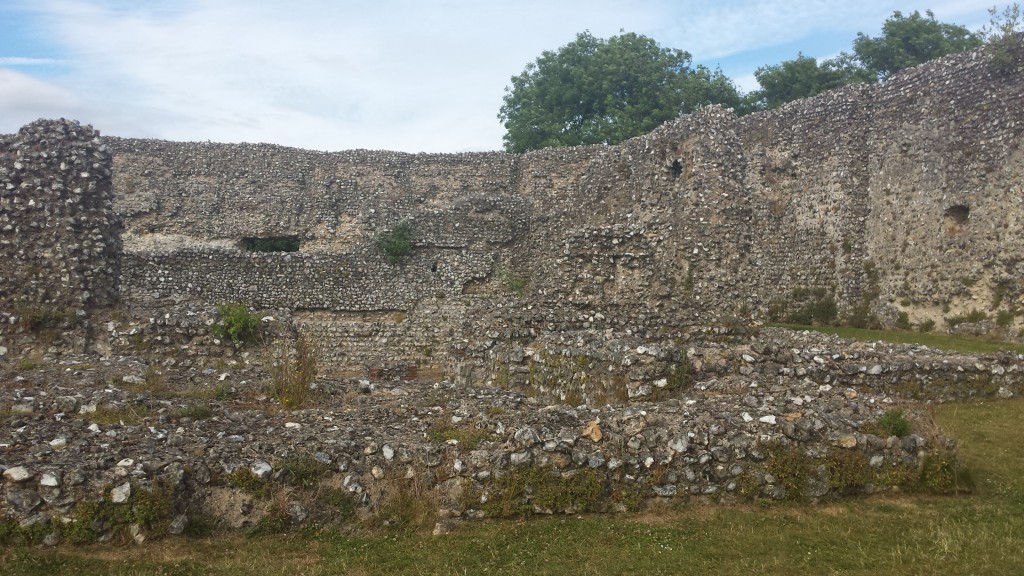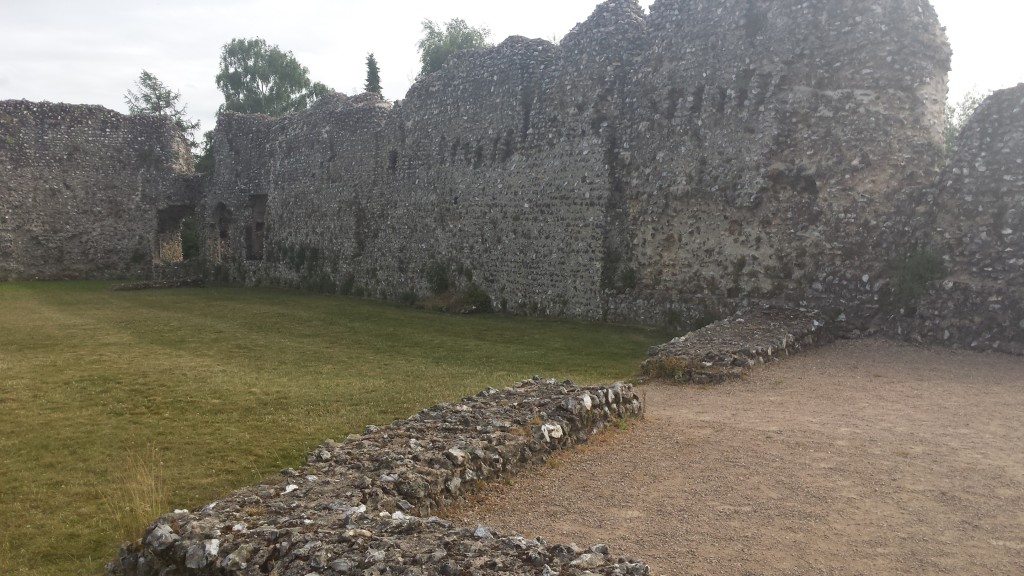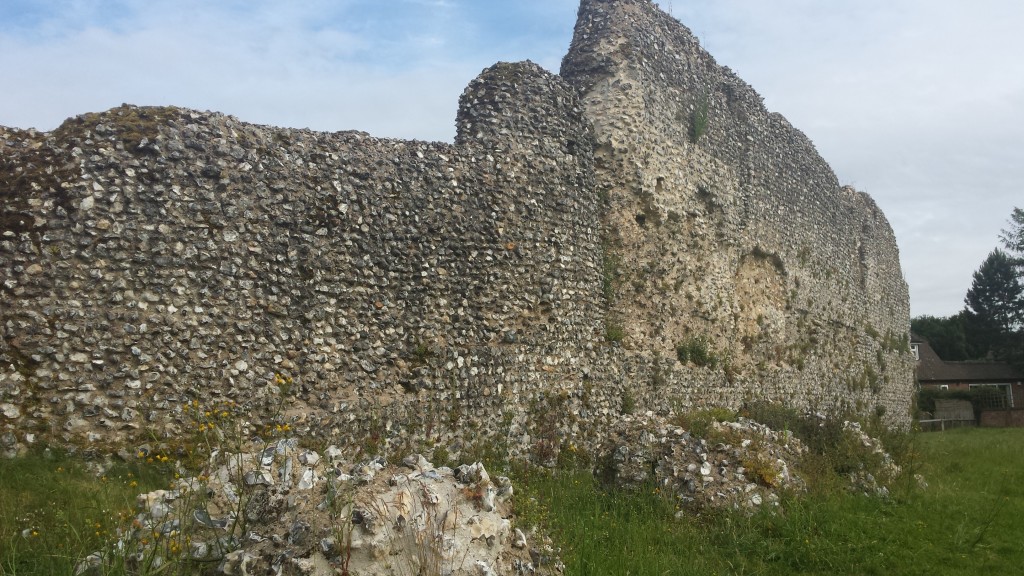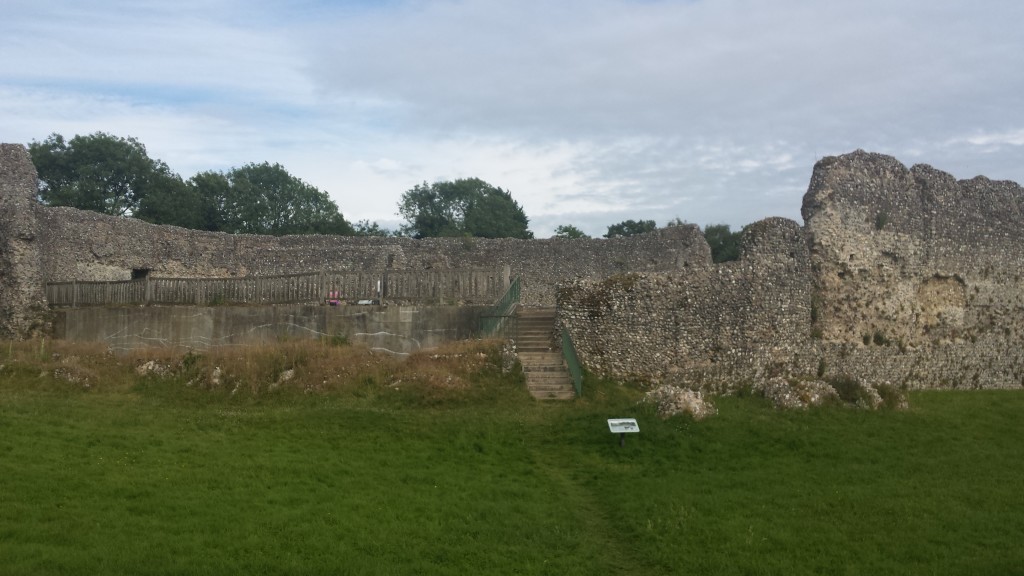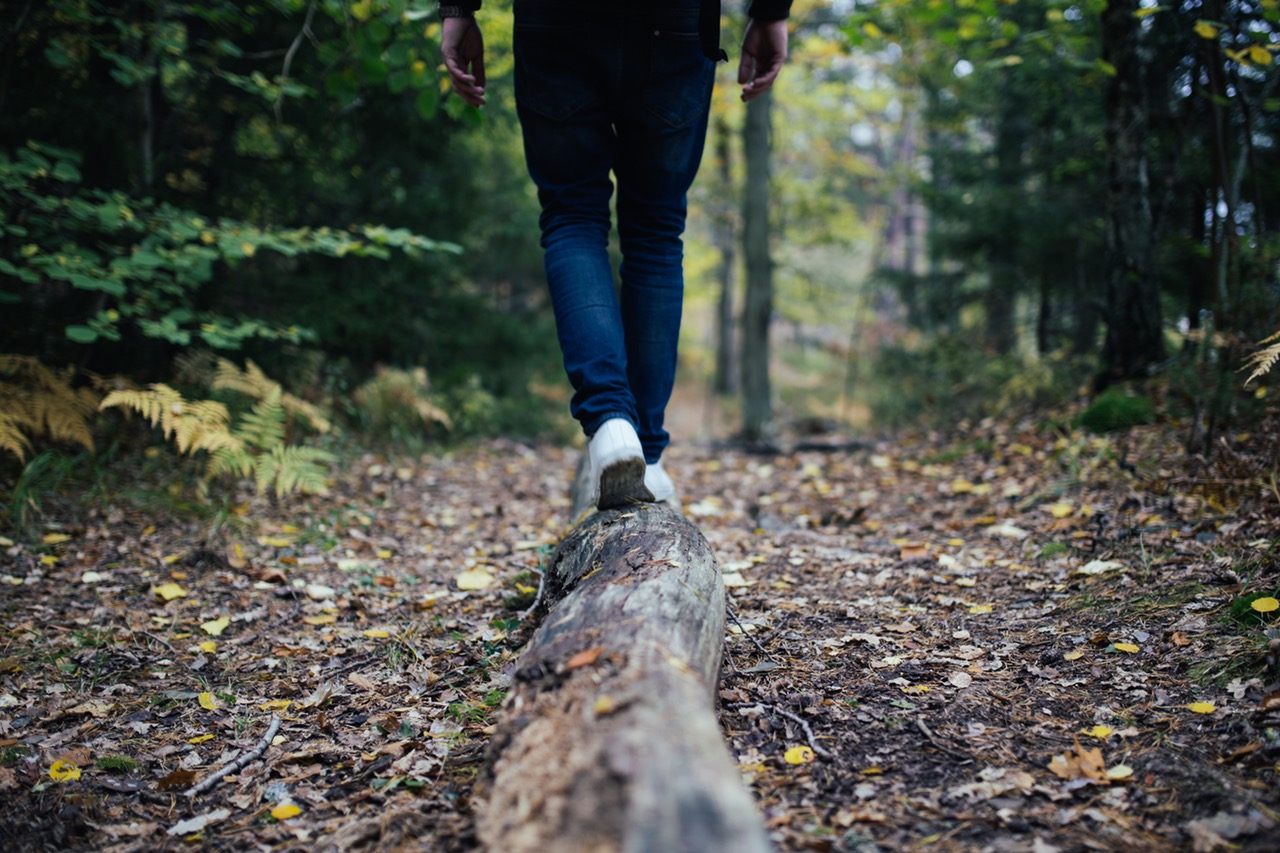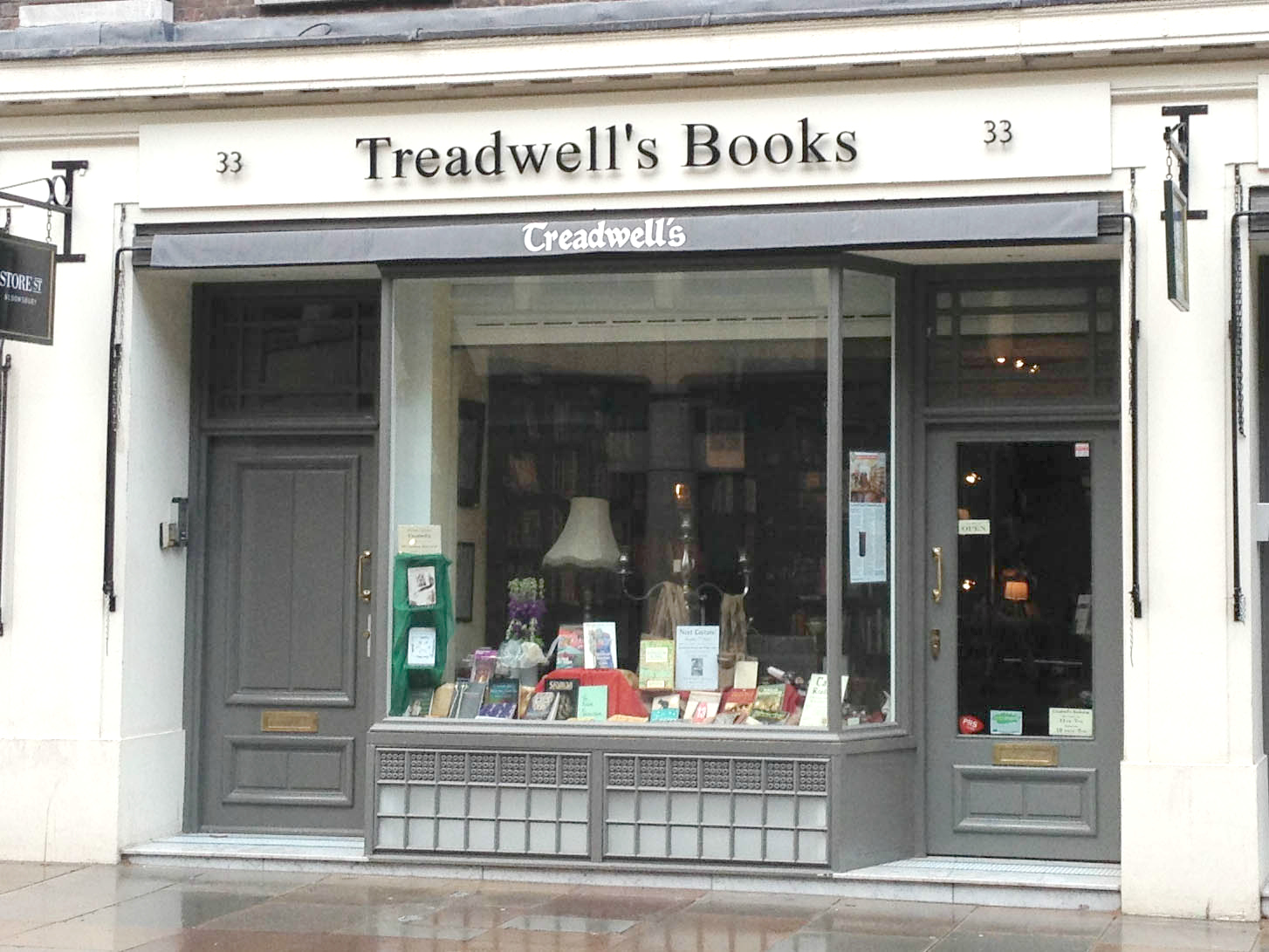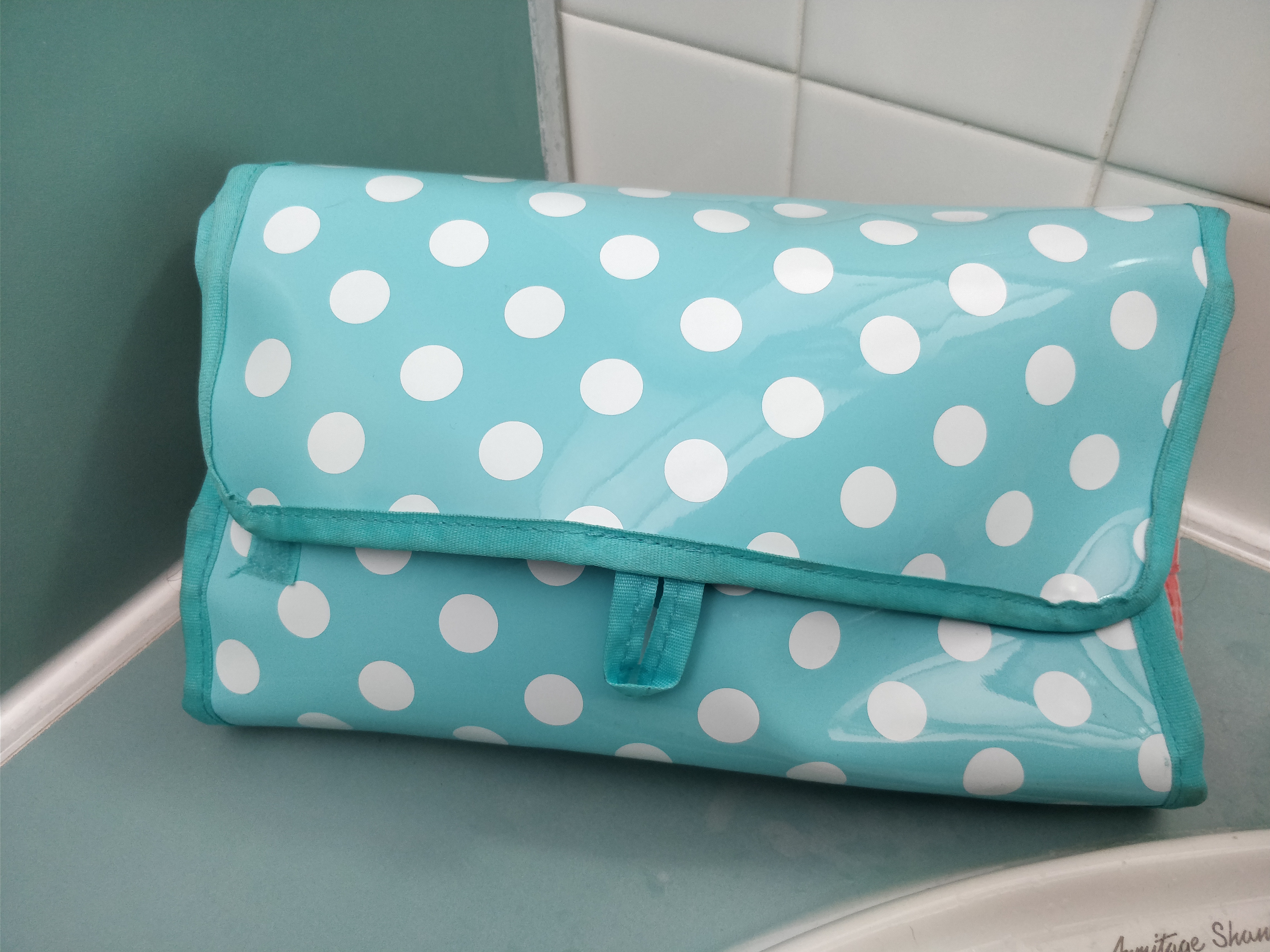5 Kent First Date Ideas
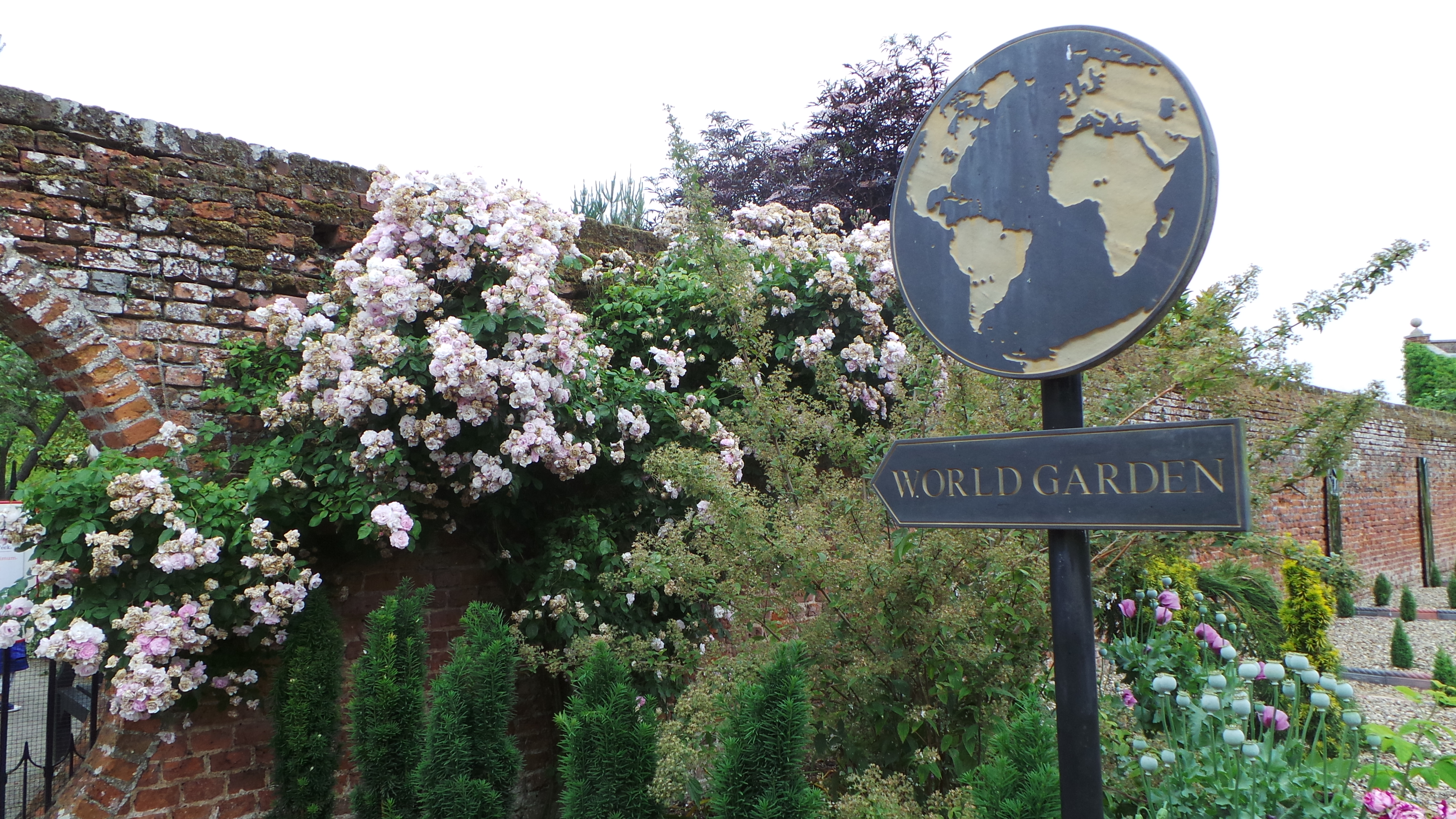
Although my blog name is Stylish London Living, I moved back to Kent a few years ago. Kent is where I grew up and where my heart truly lies and I have been really happy since moving back! It is a beautiful county with tonnes of exciting things to do which makes it perfect for spending the day or evening with someone special.
In fact, my first date with my boyfriend Steve was at one of the venues I recommend below! We met on a dating app (remember my review of dating apps?) and talked for 3 months before meeting up (thanks to Covid). Whether you met on an app or on a Kent dating website check out these great ideas for dates!
Eagle Heights Wildlife Foundation
When I was younger I spent a lot of time at a local bird of prey centre in Eynsford called Eagle Heights which opened in 1996 with around 30 birds and a collection of rescued reptiles under their roof. In fact, I believe I spent most of my weekends there with my family watching the outdoor flying displays, marvelling at the indoor aviaries, demonstrations and learning about their conservation campaigns.
Since 1996 Eagle Heights has rapidly expanded and now it has a large array of Birds of Prey, a big reptile house as well as a collection of mammals including Husky Dogs, Meerkats, Camel, Coati Mundi and Arctic Fox. Eagle Heights offers both indoor and outdoor aviaries, a large indoor lecture room, large flying arena, play area, shop and a small tearoom with flying displays held throughout the day making it a great day out, particularly for a family with children.
Eagle Heights also offers you the chance to take part in special experiences so you can get up and close with the birds and animals under their care. Experiences include Husky Hikes, Meerkat Experiences, Owl Experiences, Hawking and Falconry experiences as well as photography workshops for any budding photographers looking for some exciting subjects.
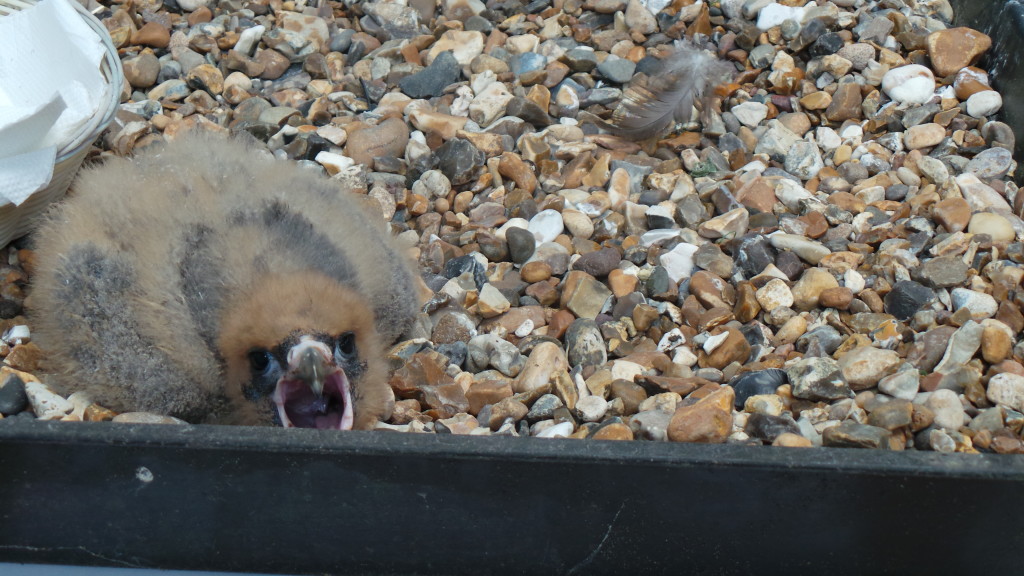
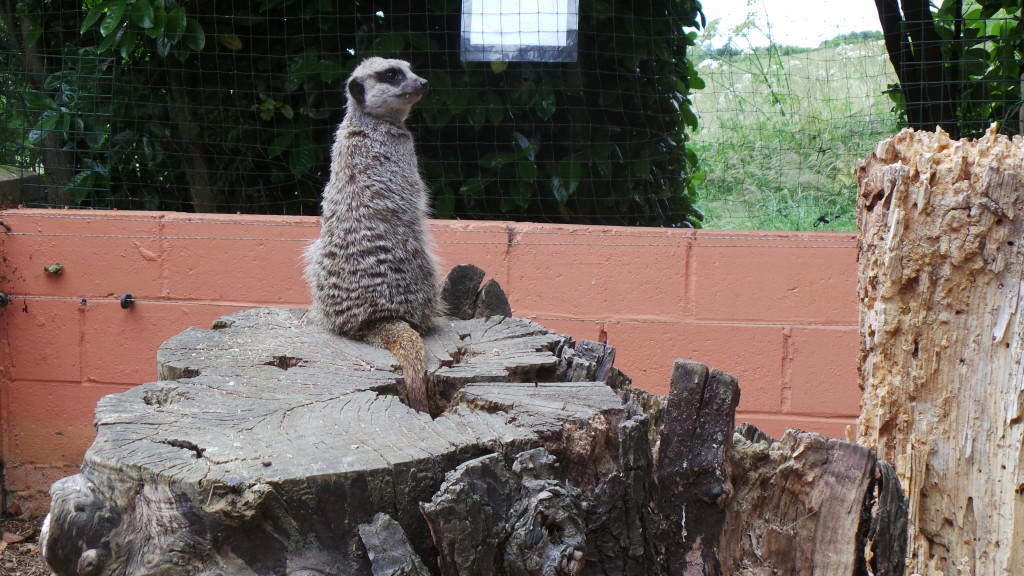
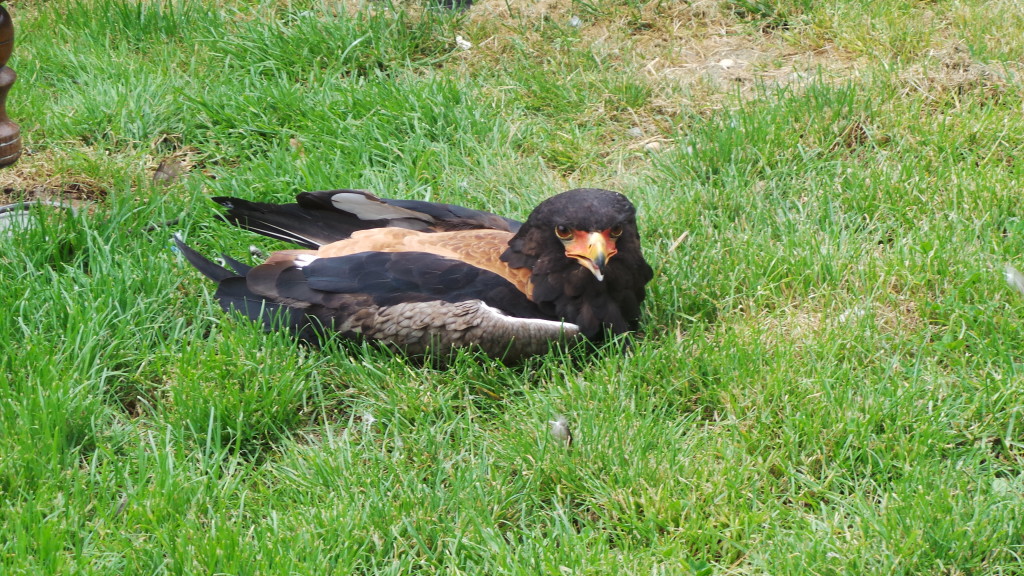
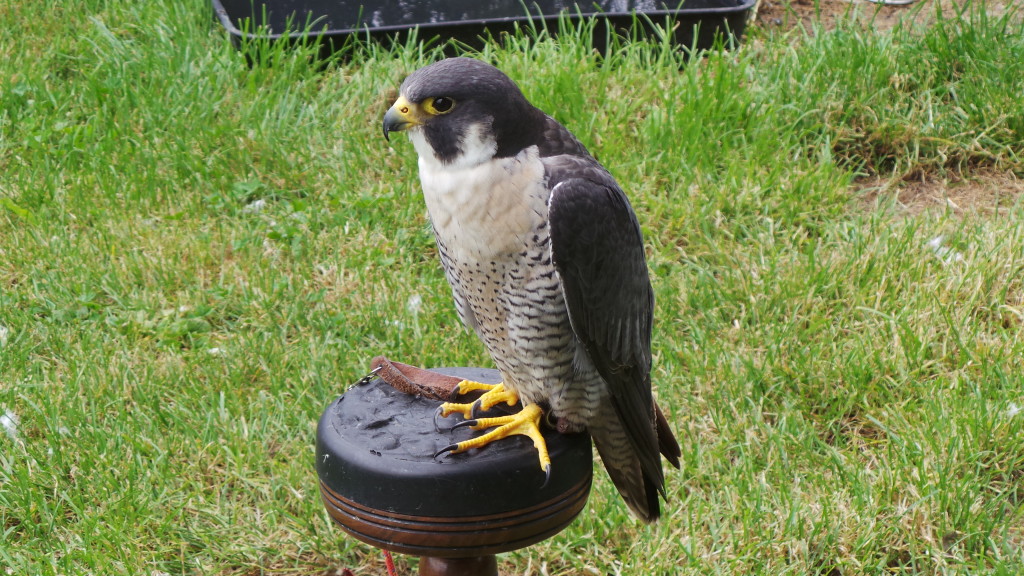
Lullingstone Roman Villa
West Kent has a lot of history and Lullingstone, just down the road from where I live, has one of the most outstanding Roman Villas surviving in Britain today. Having grown up with 2 history buff parents meant that I spent a lot of time exploring castles, ruins and other historical locations including Lullingstone Roman Villa which is owned by English Heritage.
Lullingstone villa’s construction began around AD 100 and was adapted over the years to suit the tastes and beliefs of successive wealthy owners, reaching its peak of luxury in the mid-4th century. The villa boasts spectacular mosaic floors, rare wall paintings, a heated bath complex and an in-house church.
Lullingstone Roman Villa is protected from the elements by a large complex which enables you to walk around the outside of the remains as well as see it from above via the mezzanine level. It’s great for learning more about the UK’s Roman past and perfect for children learning about British history. I particularly like the mosaic depicting the mythical Bellerophon mounted on the winged Pegasus killing the Chimera surrounded by the four seasons.
There are some great displays including everyday items, costumes for kids (or grown-up kids) to try on, two human skeletons to marvel at and my personal favourite, floor tiles depicting the various animals which walked across them before they had dried. There is a film which runs every so often giving you a brief history of the villa and showcasing some of the villa’s special features.
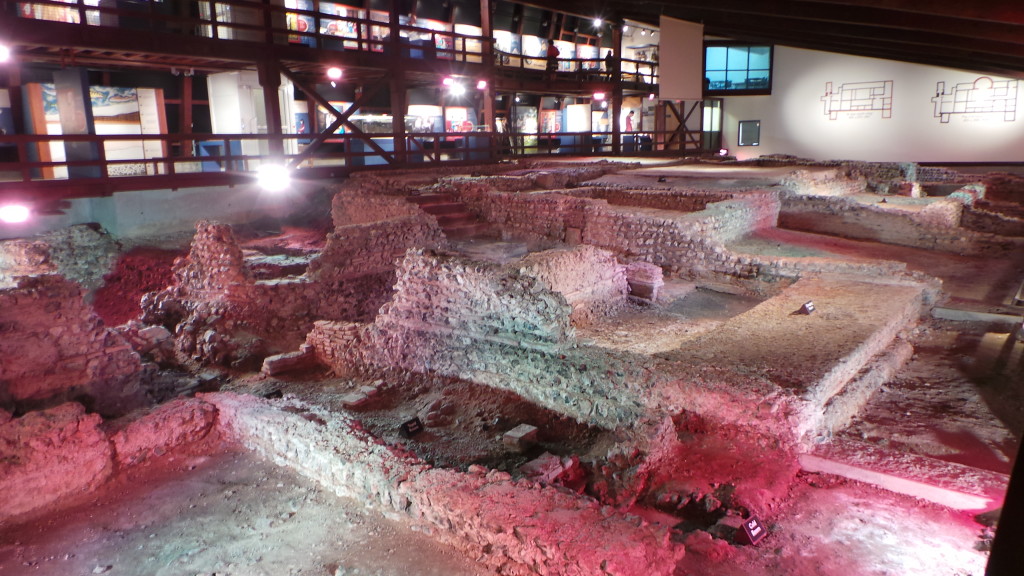
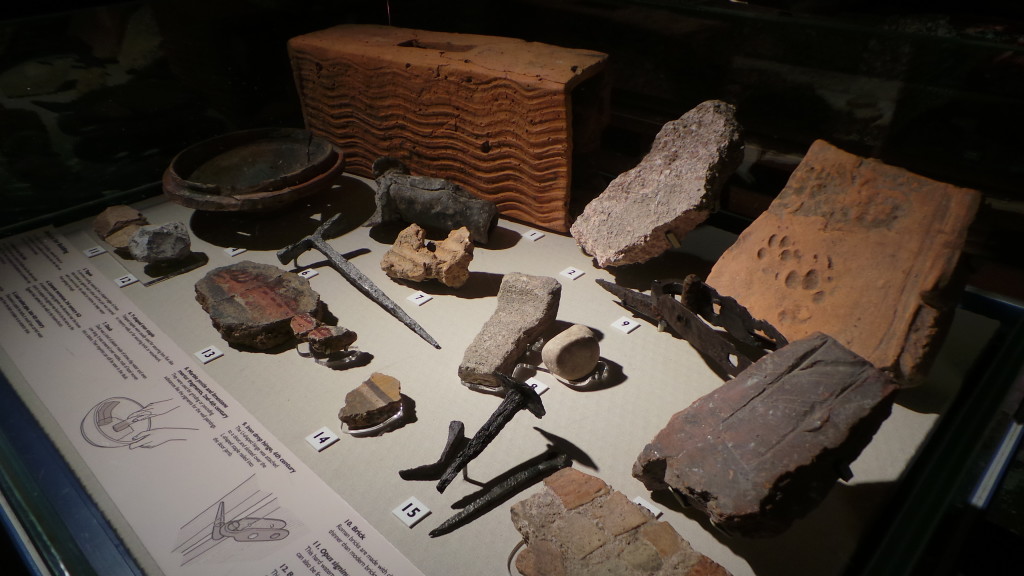
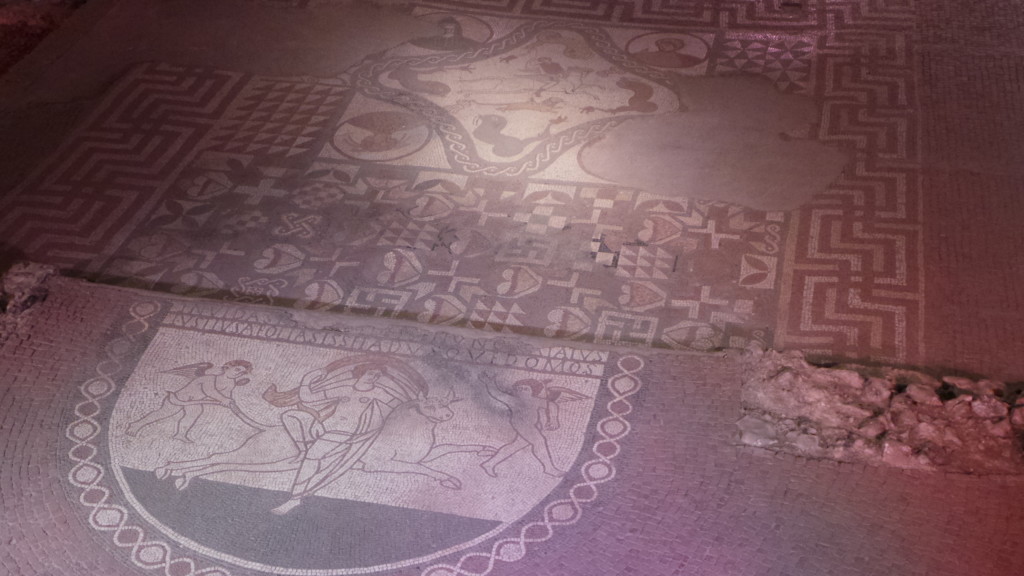
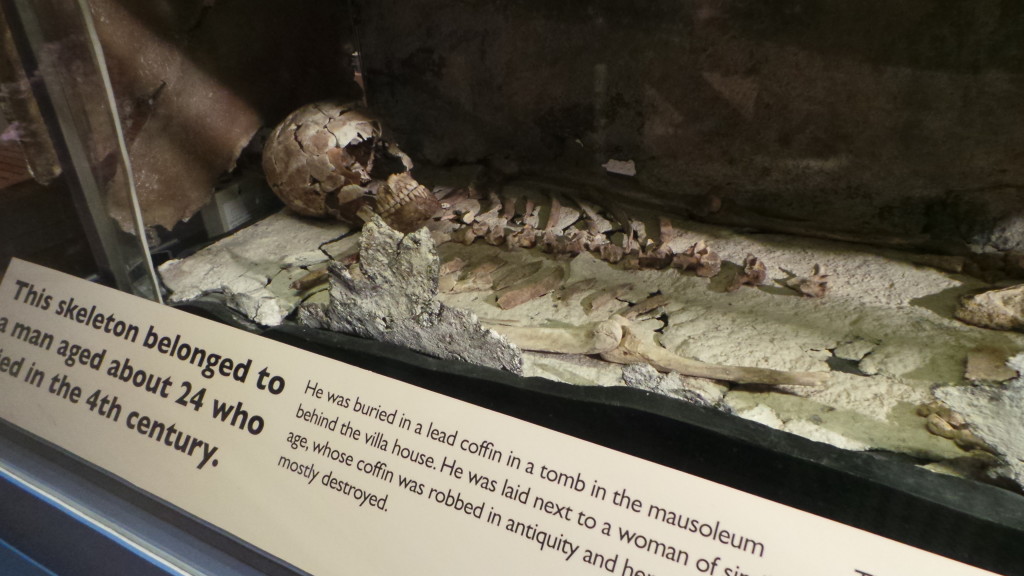
Lullingstone World Garden
Lullingstone doesn’t only offer historical sights but also has a fantastic venue for anyone with green fingers (or aspiring green fingers). Lullingstone World Garden is the creation of Tom Hart Dyke who, after surviving a dramatic kidnapping in 2000 in Colombia when hunting orchids, returned home to his family estate of Lullingstone Castle and started building a garden showcasing plants from around the globe.
The garden is designed to pay homage to the achievements of plant hunters throughout the Victorian and Edwardian era who explored the world bringing Britain some of the most cherished and popularly grown plants and flowers now found in our gardens today. The garden is laid out like a world map with species from the same country placed together so you feel as if you’re taking a world tour as you walk around.
This is the venue I mentioned earlier, my first date with Steve! It makes a great Kent dating spot. I loved showing him my favourite feature of the World Garden; The hot and spikey house. This is a special greenhouse that showcases cacti, succulents and bromeliads from South America, South Africa, Mexico, South West USA & the Canary Islands. The hot and spikey house is full of extraordinary specimens and I particularly like seeing all the colourful flowers which you don’t necessarily associate with cacti.
If you want to grab a snack or lunch during your visit The Castle Marquee in the Castle grounds offers a selection of sandwiches, baguettes, jacket potatoes, soup, ploughman lunches (I enjoyed the cheese ploughman’s) salads and traditional cream teas. Kentish ice cream is also on sale in the gift shop. Picnics are welcome if you prefer to bring your own. The World Garden in Lullingstone makes a great day out for plant lovers of all ages and is a truly fascinating experience.
Another fantastic place to visit is the Riverhill Himalayan Gardens which is only a short drive away from Lullingstone, in Sevenoaks.
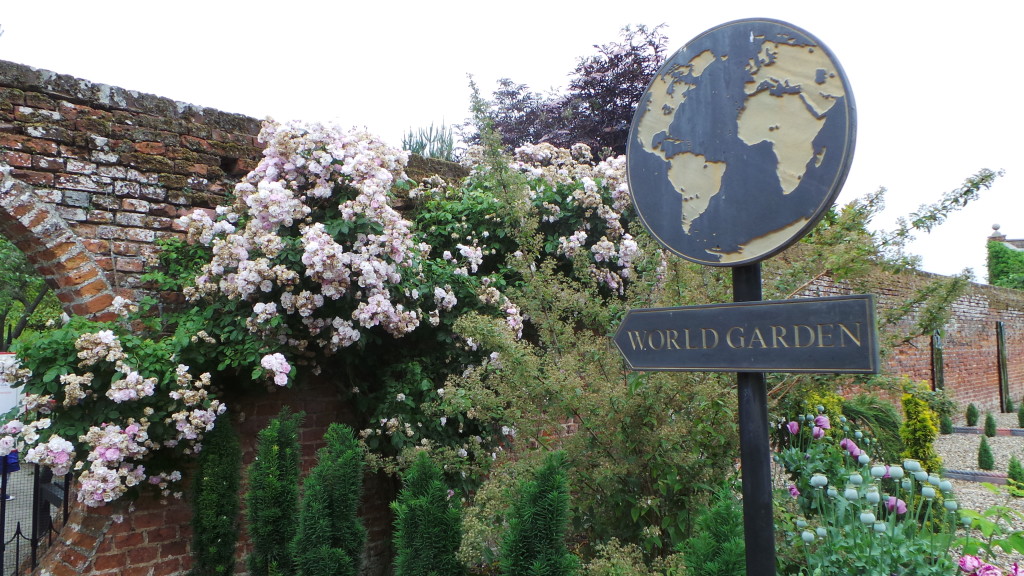
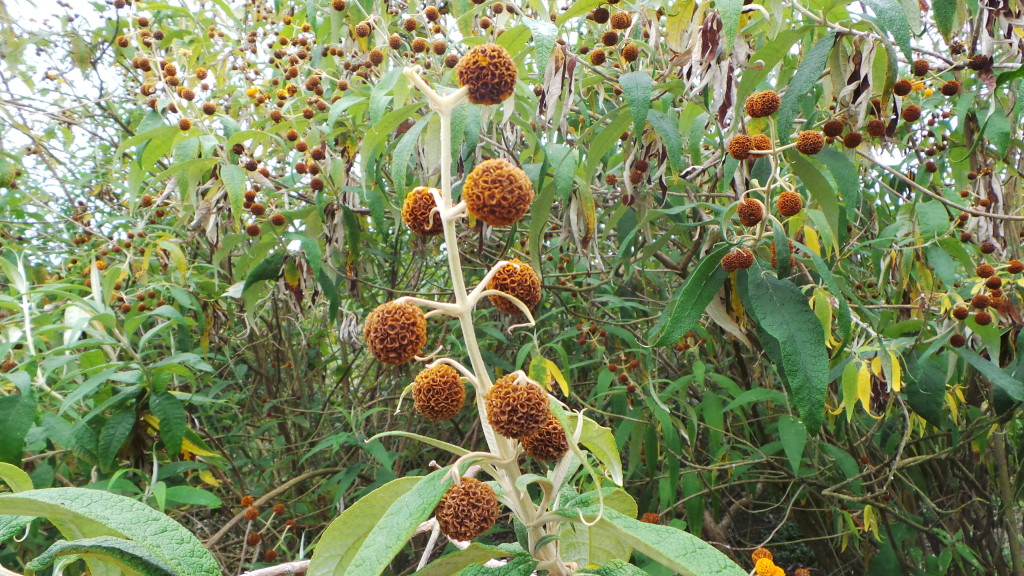
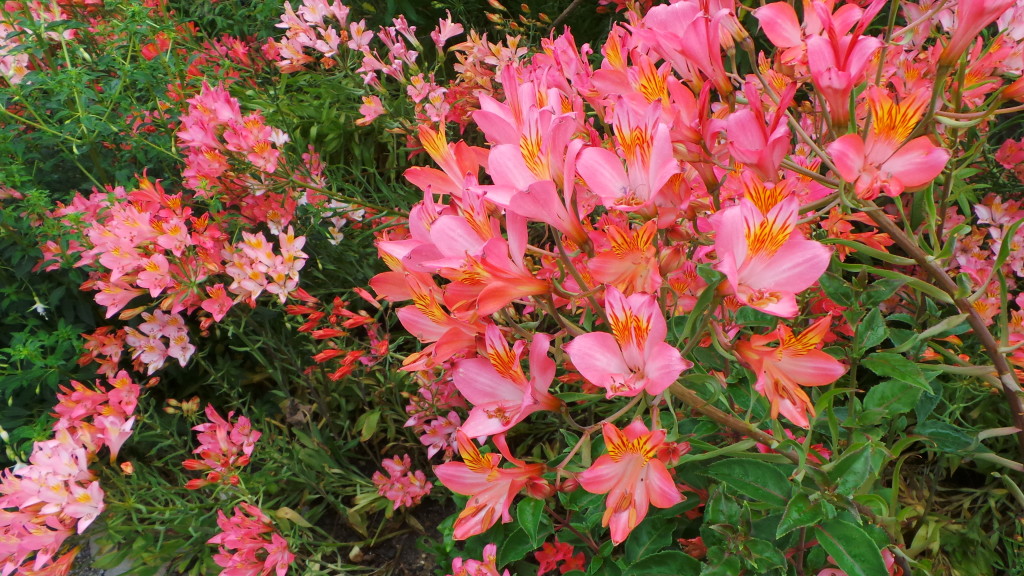
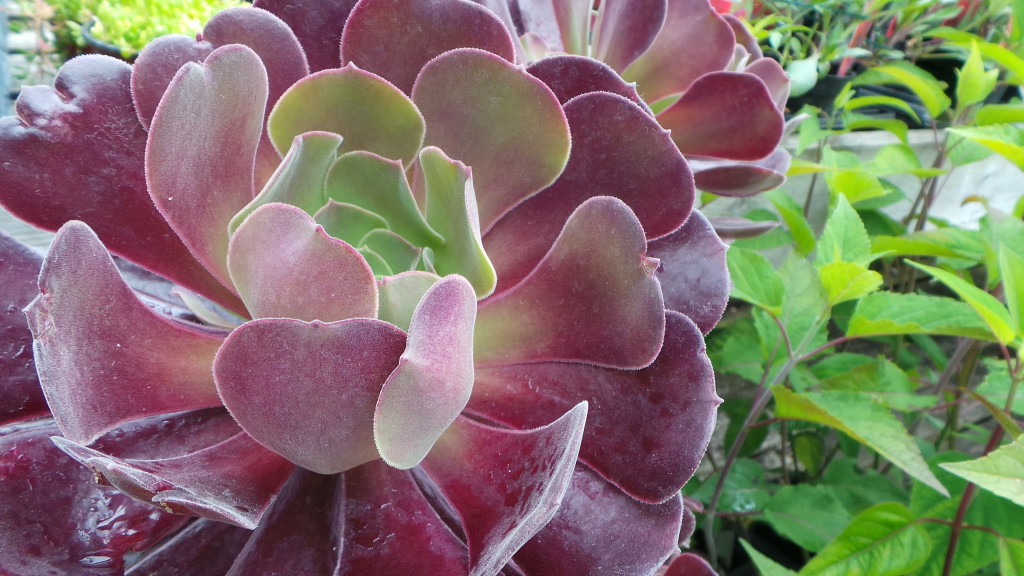
Shoreham Aircraft Museum
Another great spot if you enjoy history is the Shoreham Aircraft Museum which not only offers the chance to see some of the local artefacts from the Battle of Britain and the air war over Britain during World War Two but boasts some fantastic vintage memorabilia in their cafe. My parents, as local history and archaeology buffs, know the museum and its founder well.
The museum was founded in 1978 by local enthusiasts, whose passion for the Battle of Britain period resulted in the establishment of a permanent display in 1988 showcasing hundreds of relics excavated by the group from crashed British and German aircraft in Kent, as well as donated items. The artefacts come from a range of WW2 aircraft including Spitfire, Hurricane, Me109, FW190, Ju88 and Do17.
There is an extensive collection of flying helmets, uniforms and insignia on display alongside a comprehensive display of Home Front memorabilia and serves as a lasting tribute to all those airmen who fought in the skies over southern England during the Second World War. Proceeds from the entry fees are used for recovery and preservation of the artefacts.
The tearoom is really delightful. It serves a range of delicious home-made cakes including cream teas (scones with cream and jam accompanied by a nice cup of tea) which you can enjoy in the lovely teagarden, which is exactly what I did on my visit to the museum.
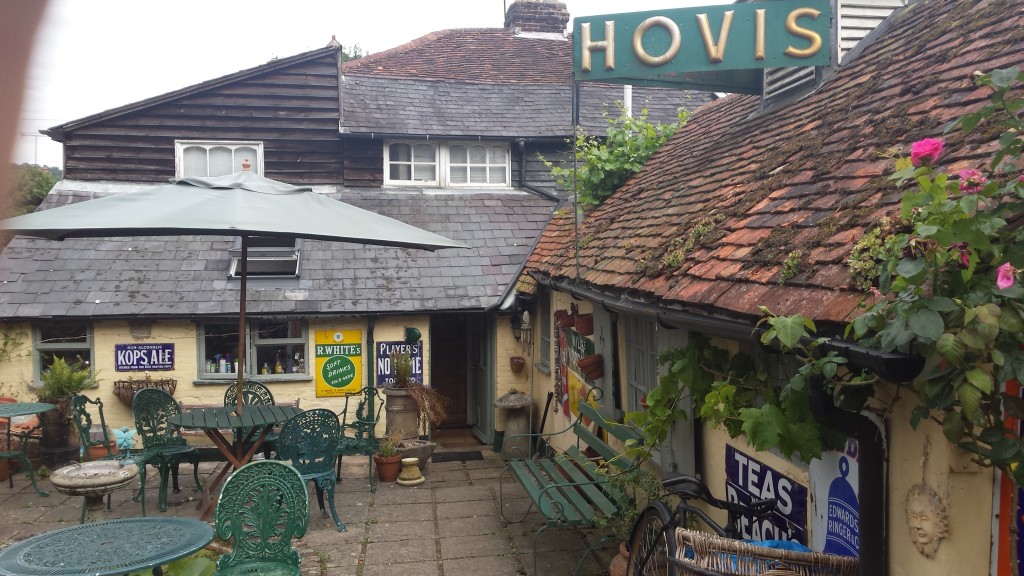
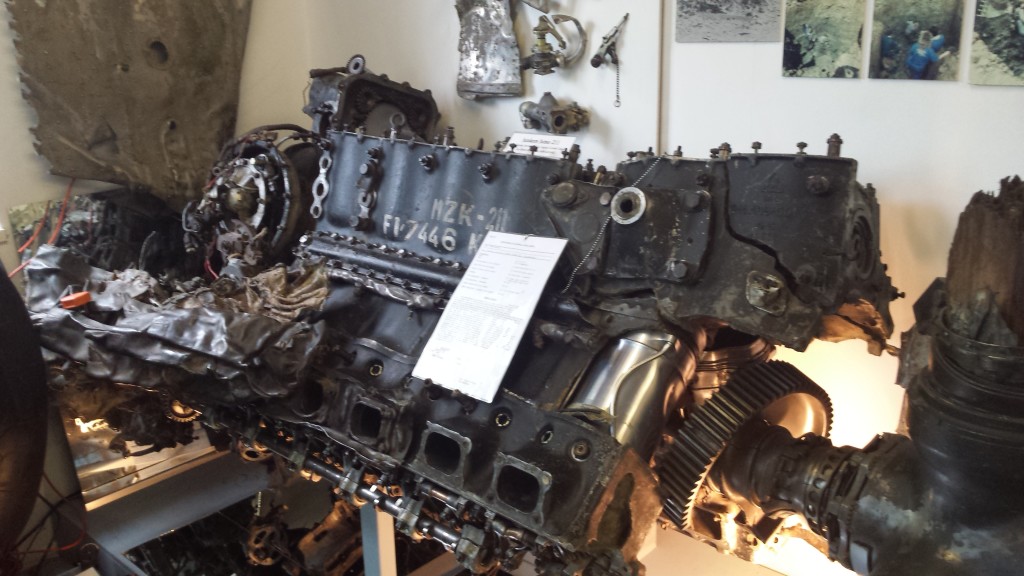
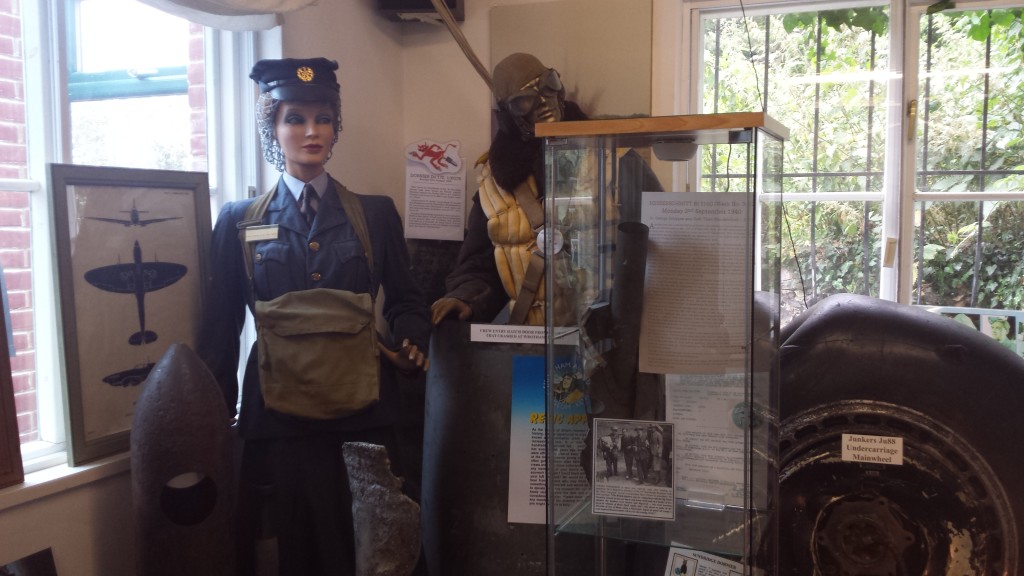
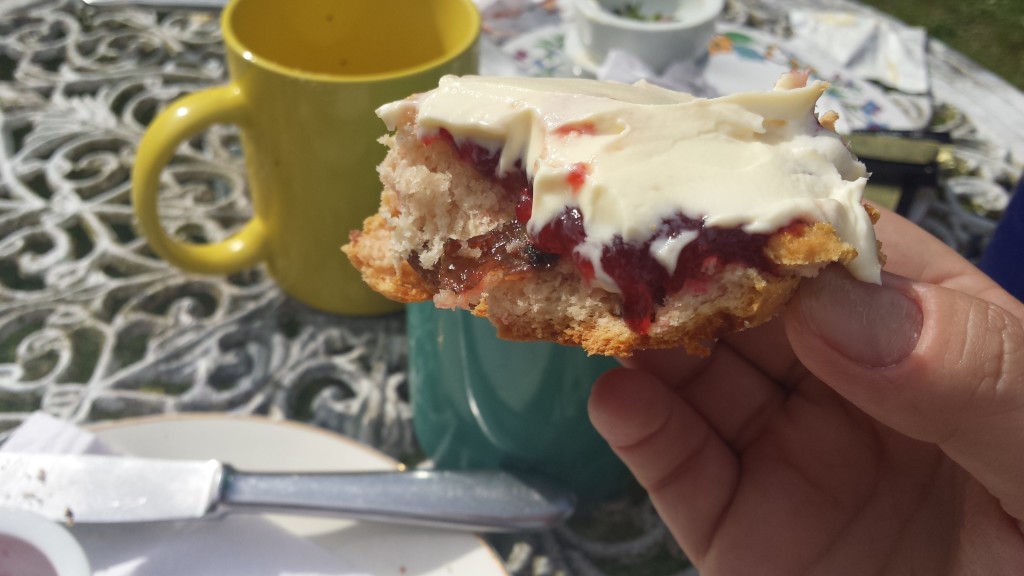
Eynsford Castle
Take another peek at history at Eynsford Castle, a stone Norman castle owned by English Heritage that is largely non-rebuilt and has seen natural decay. Despite this, the stone walls are still impressive and offer a rare peek at this striking early Norman style.
The castle was built between 1085-7 and mostly went undisturbed by later building activity. Eynsford Castle is unusual for this time period because it lacks the distinctive keep or great tower, instead, the main living apartments were placed on the first floor of the castle’s hall.
The ruins of Eynsford Castle can still be explored by visitors today. You can marvel at its principal defence system – the extensive curtain wall enclosing the site, parts of which survive to their full height of 9 metres (29 feet) high and is almost 2 metres (7 feet) wide at its base.
There was a gatehouse that allowed entrance to the Castle via a wooden drawbridge over the wide, shallow moat. Both the foundations of the gatehouse, built in the late 11th to early 12th centuries and the space the moat would have taken up are visible today.
I will admit there isn’t much to do at Eynsford Castle as it is basically a ruin, however, it makes a lovely picnic spot and a fun place for kids to explore and blow off some steam.
